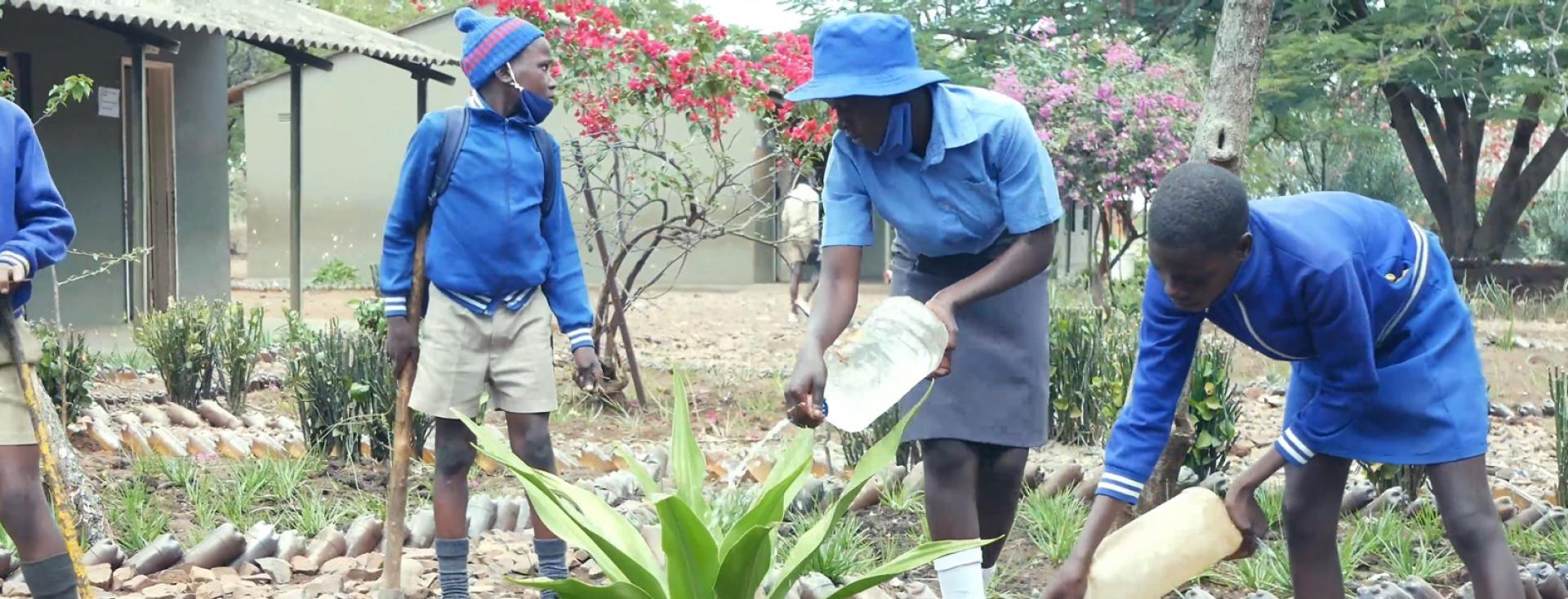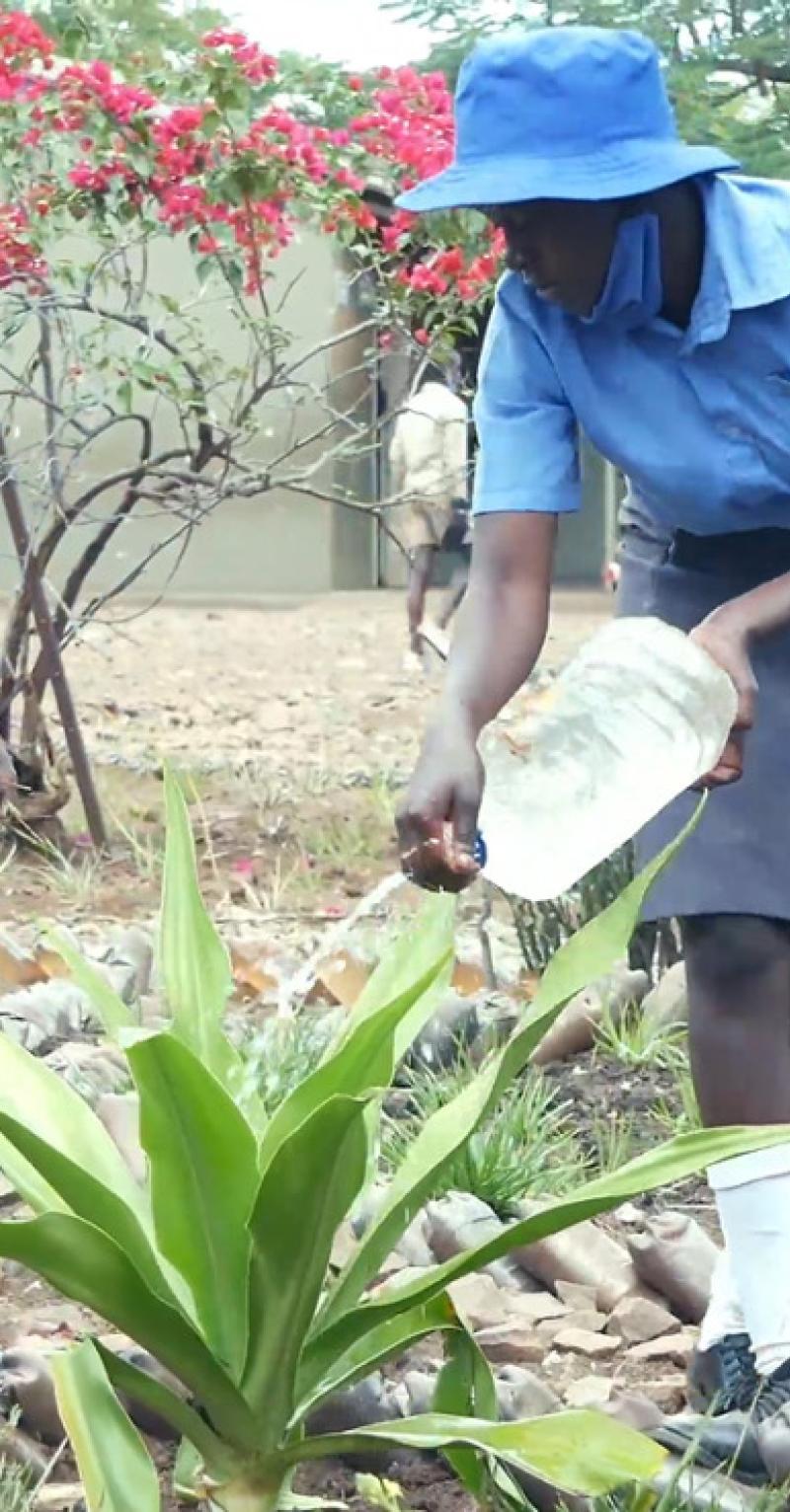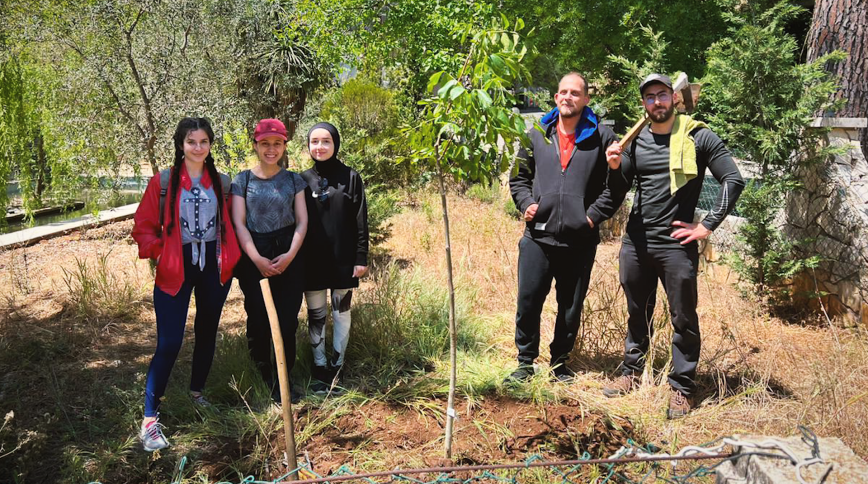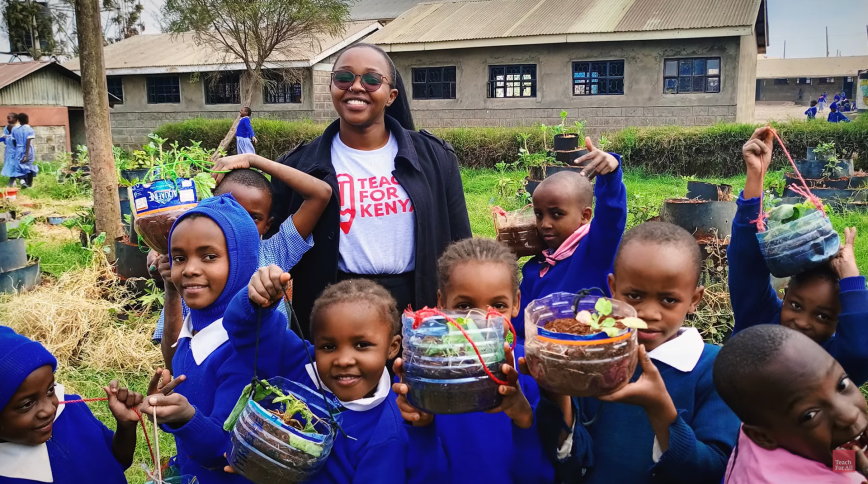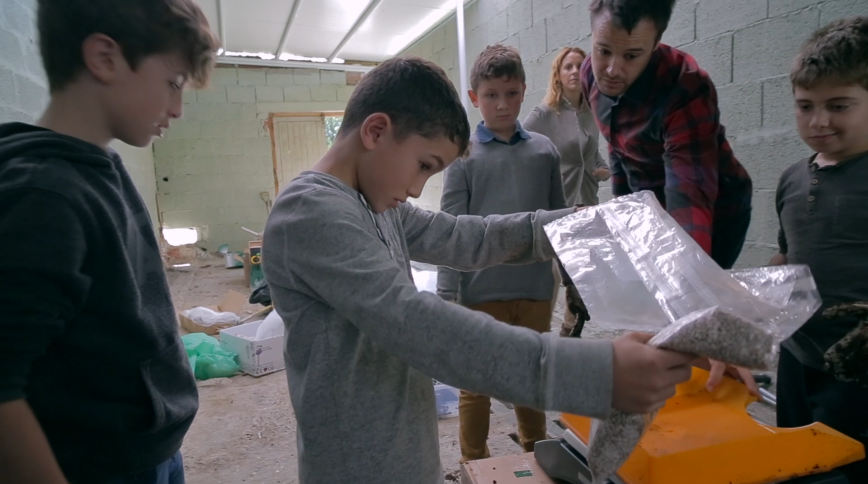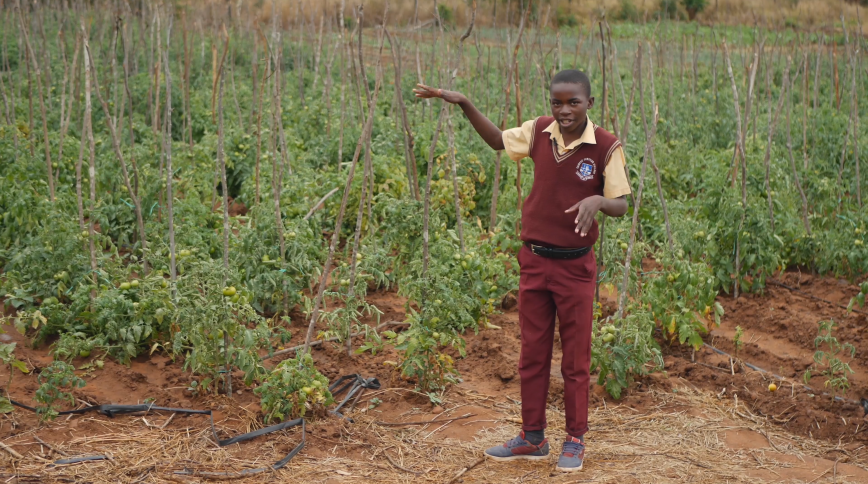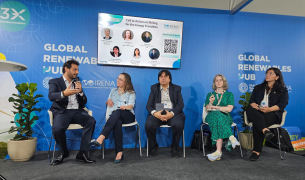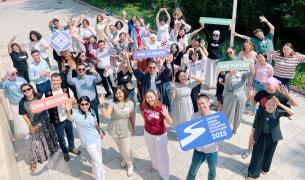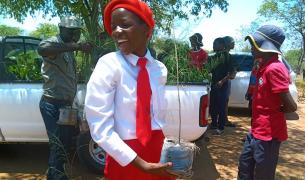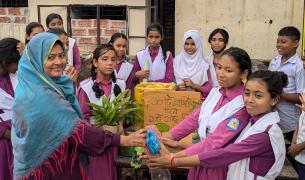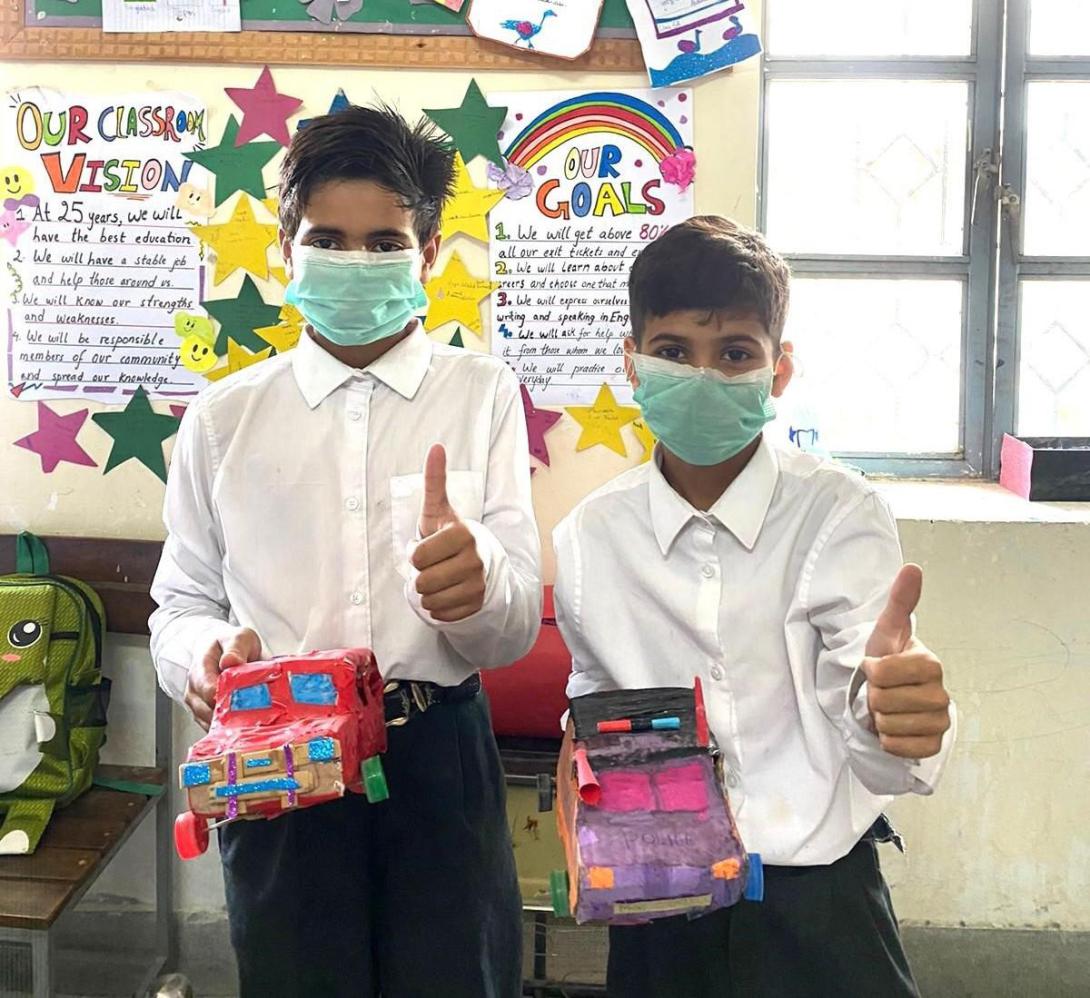
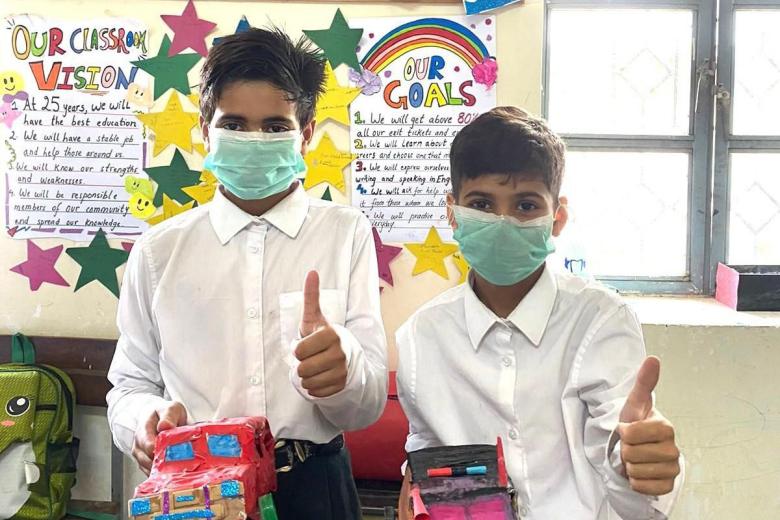
Why Climate Education?
Climate change and environmental risks are the lived reality of today’s students, especially those in disadvantaged communities, who disproportionately suffer the impacts of emission, extraction, and environmental degradation. No longer a distant threat, climate change is already harming people's health and livelihoods and exacerbating long-standing inequities around the world, with effects expected to worsen over time. Indeed, climate change is not simply climate change anymore—it is "everything change" (and "everywhere change"), as the world is facing increasing unpredictability and instability.
While these problems are largely caused by human activities, they can—and must—also be solved by humans, and there is no path to a better future without tackling climate change. Children and youth see climate change affecting their world and future, which often leads to feelings of anxiety and helplessness. It’s therefore crucial that we support students’ resilience, agency, and leadership so that they can pioneer the necessary solutions to the climate crisis—now and throughout their lives—and climate education needs to be at the heart of that endeavor.
Education systems around the world are not providing young people with the tools, mindsets, and skills they’ll need to tackle climate change and to be resilient and equipped for navigating a climate-changed world, nor with spaces to raise their voices on the issue. In many places children and youth are leading climate action despite, rather than because of, what’s happening in classrooms and schools. In other words, education systems are, so far, fundamentally failing our children and youth on climate change.
Our assessment, based on research and discussions with network partner staff, alumni, teachers, and students, as well as many other organizations with whom we collaborate, is that the global gap in climate and environmental sustainability education is rooted in the wide absence of four vital elements:
The Climate Education and Leadership Initiative
We envision a future where all children are equipped with the tools, mindsets, and skills to collectively mitigate the climate crisis, promote climate justice, and build resilience in the face of climate change. To realize this vision, the Climate Education and Leadership Initiative aims to infuse climate education throughout the education system by developing a critical mass of teacher, student, and alumni leaders who foster climate mindedness, action and resilience in rising generations, and by reorienting teaching and learning towards this purpose.
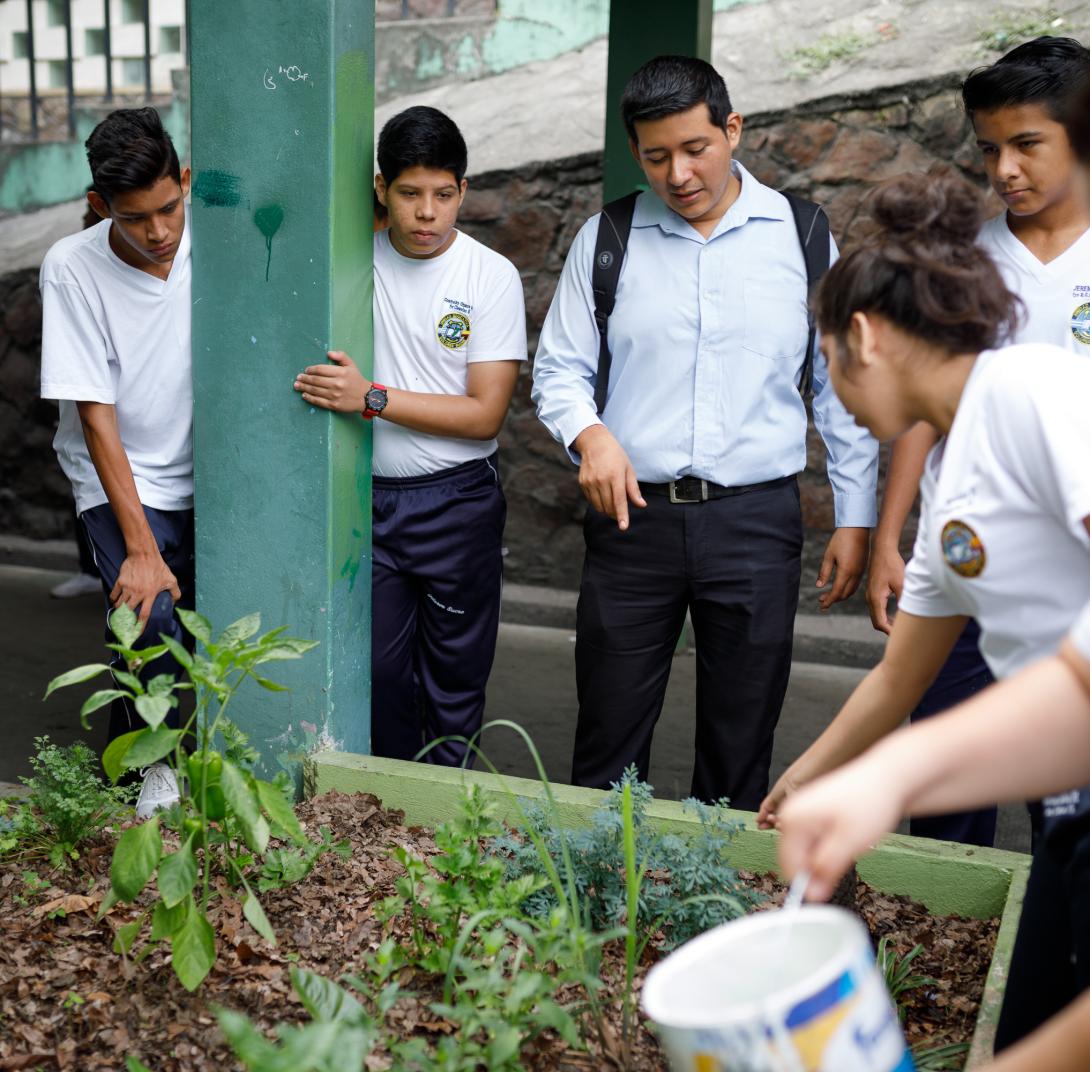
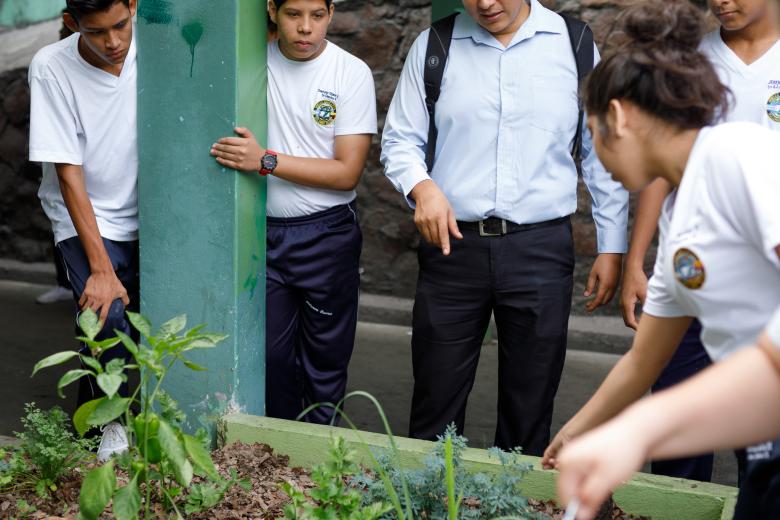
To address the global climate education and leadership gap, our initiative focuses on three key areas:
- Ensuring network teachers are ready to engage students in climate education during their initial two years of teaching. Through community, training, and easy access to knowledge, tools, and customizable resources, our network is generating climate consciousness among—and driving community-centered solutions and collective climate action led by—thousands of students and teachers.
- Developing a critical mass of inter-connected leaders who are innovating and leading from every level of the education system and policy, and from outside the system as pioneers of climate change innovations and initiatives, to impact whole schools and infuse climate education throughout the education system.
- Elevating network voices and perspectives to foster a movement towards climate education at national and global levels.
This threefold focus on building in-school readiness while growing leadership at all levels and elevating voices for advancing climate education translate into the following five functional priorities for our work. For a detailed overview of the different work areas and priorities, watch this video and/or check this document.
Climate Education and Leadership in Practice Across Our Network
While the need for high-quality, locally rooted climate education in all classrooms and schools is self-evident to most people, the issue of climate change—let alone of climate education—often appears abstract, complex, and daunting. Fortunately, there are illustrations of the impact of climate education all across our network.
Our network stories and concrete work are a vital, compelling window into tangible action and leadership on climate education. They also allow continuous learning from climate education classrooms across the globe. The following are some recent examples that bring climate education and leadership to life:
There are many more examples from across the network of collective leadership among students and teachers for local climate education and action. Here are just a few:
Building Collective Leadership for Climate Action
While each of the stories above is unique and rooted in its local context and community, these powerful examples have many things in common that offer guidance for building collective leadership for climate action. Based on many examples from across our global network, climate education should:
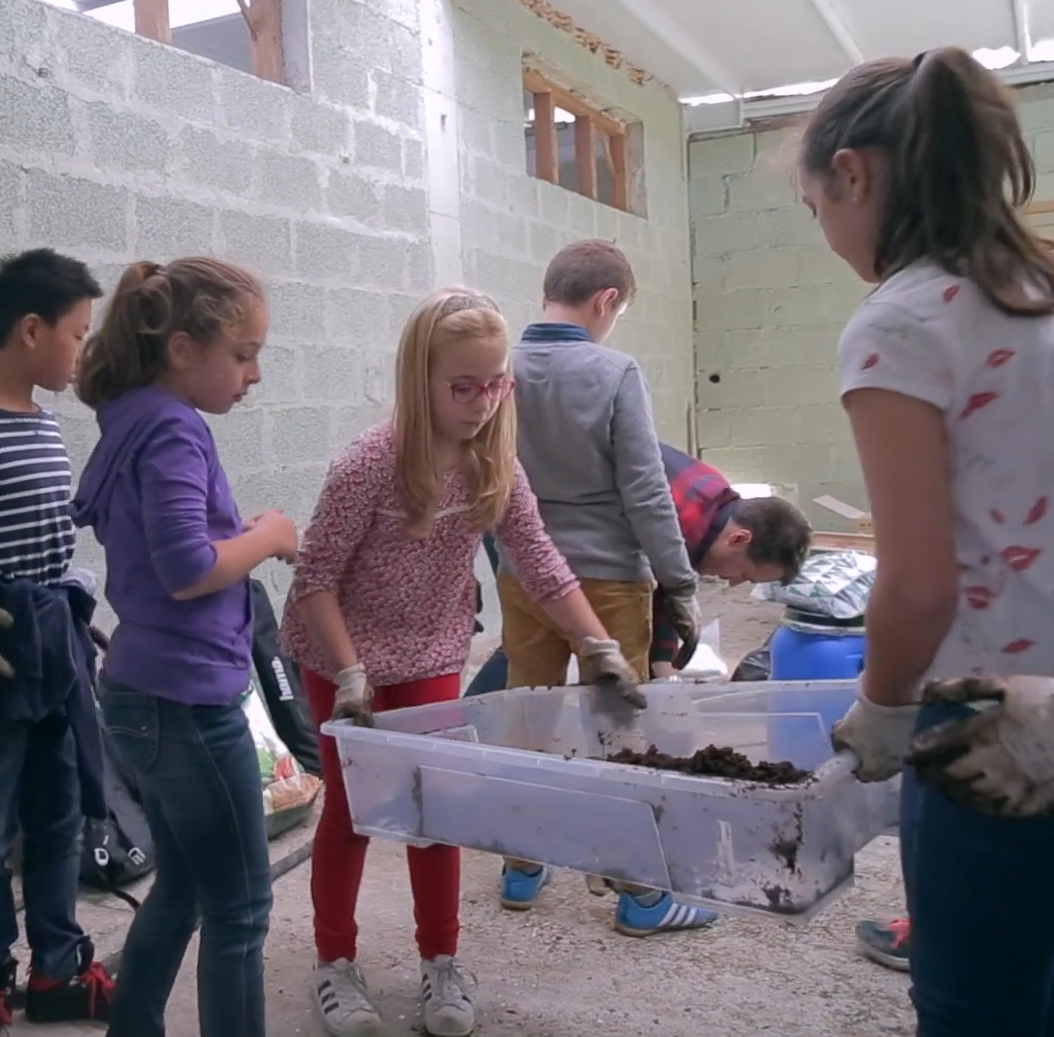
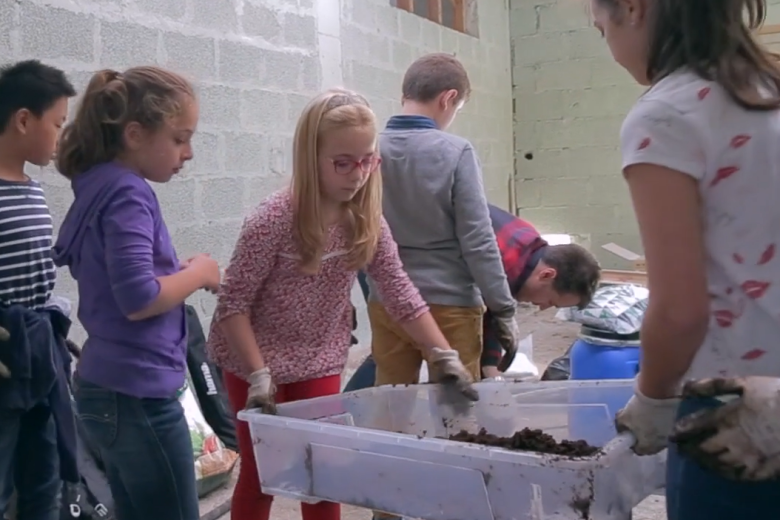
- be holistic and integrated across subjects
- promote collaborative leadership of teachers and students
- build student' agency and foster their empowerment
- build community and allyship with others, and engage with the wider community, including in identifying local challenges and solutions
- focus on local action, rooted in the lived daily experiences of students and the community
- be hopeful and concrete
- be climate education problem- and solutions-based
- encourage creativity in students as they express themselves about climate change
- engage learners in hands-on climate education experiences
- provide children with a physical place to complement learning of theory
Together with various climate education leaders from across the global network, and with inputs from over 100 climate education classroom examples across the world, we have compiled a detailed Best Practices for Climate Education guide with 20+ best practices.
Climate Education Resources
A key barrier to climate education is the easy access of interested teachers, school leaders, and others to suitable materials and resources. To address this barrier, we have developed a curated, indexed, and easily navigable database of free, easy-access, diverse, and high-quality climate education resources, as well as a Contextualization Guide to help educators adapt and customize existing climate education resources to their local context. These resources are available for free, and will be continuously updated and expanded.
Contact Us to Get Involved
Climate education is a fast-evolving field and we need all hands on deck—all of us need to continue learning and working together, and we would love to hear from you! If you're engaged in climate and environmental sustainability education and interested in being involved with this initiative, please reach out to Lennart Kuntze.
